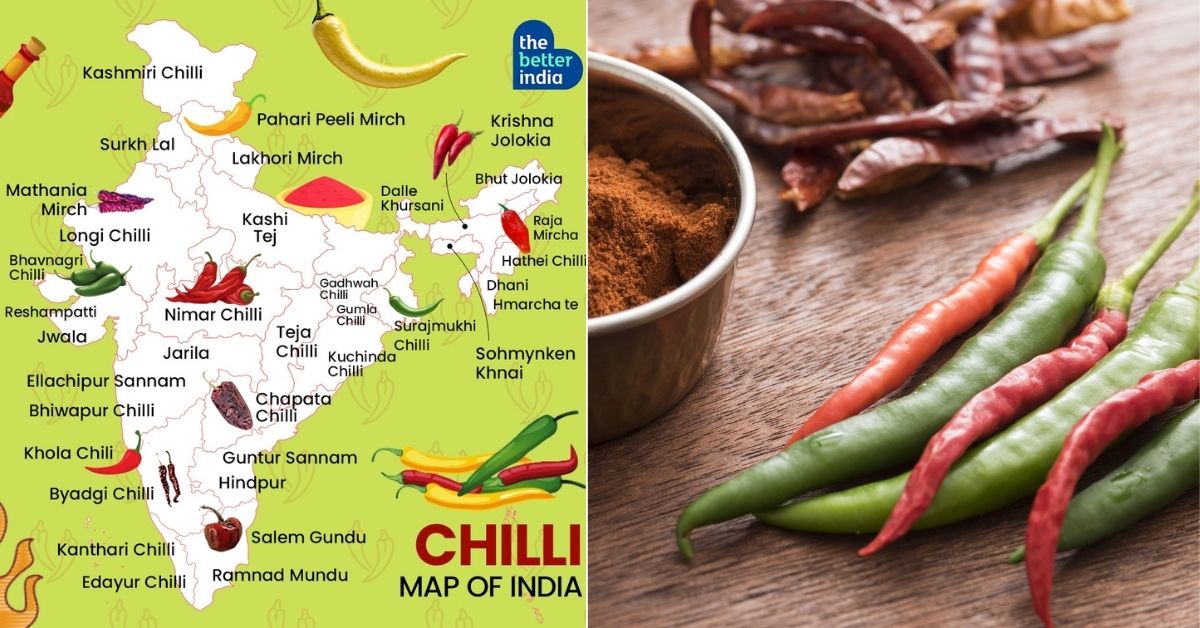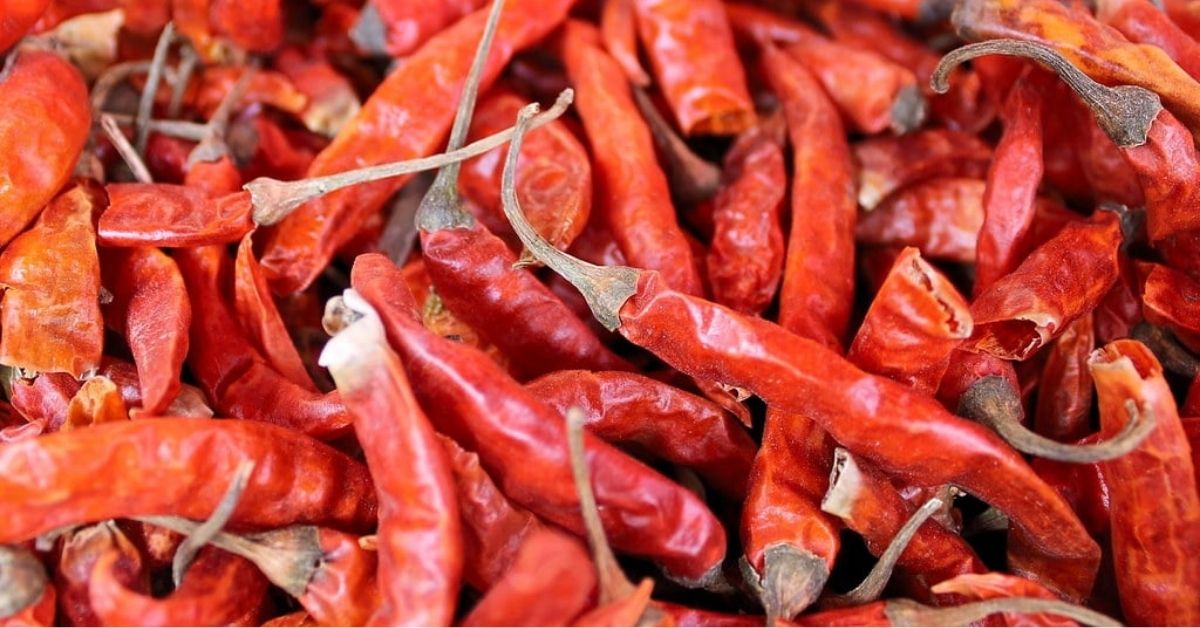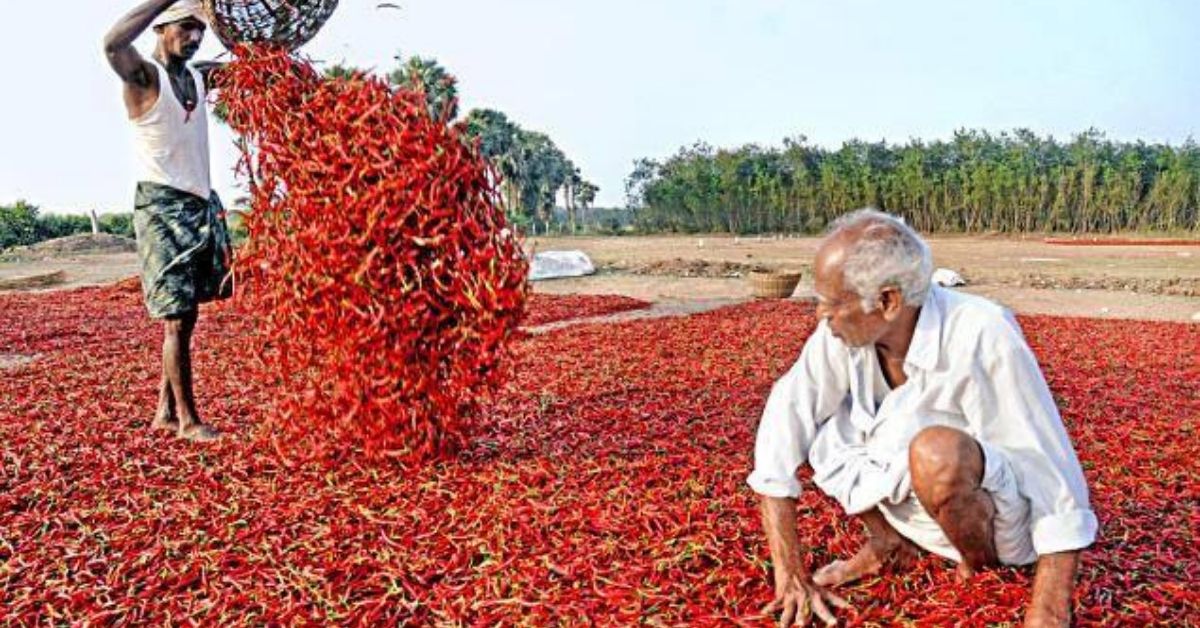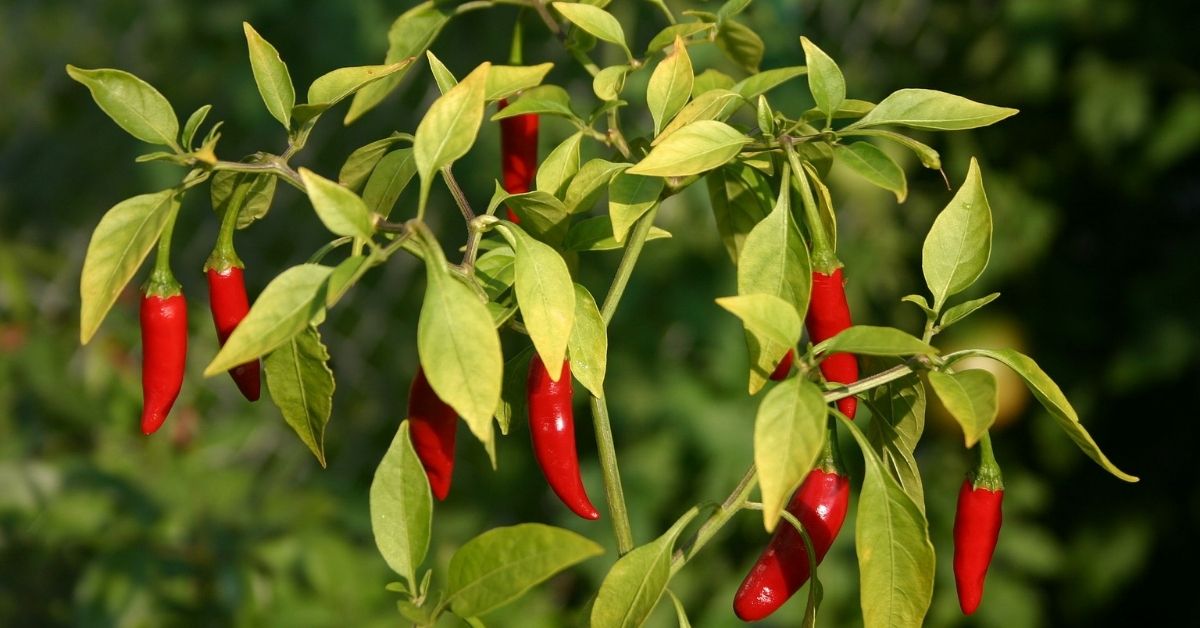Mirchi Map of India: 5 GI-Tagged Indian Chillies Famous For Their Flavour
Today, India contributes to 25 per cent of the world’s total production of chillies. But did you know, the humble chilli is not native to our country? Here's how it travelled the world to become a national staple.

Most Asians, especially Indians, have always prided themselves on their exemplary tolerance for spicy food accentuated by the addition of chillies. Known to cradle a bountiful variety of chillies, Indian cuisine’s spicy quotient is definitely one among the top. But did you know that chillies are indeed not native to this region?
Chillies, also known as ‘Mirchi’ in several Indian languages, is in fact a South American fruit, first believed to be cultivated in Mexico around 3500 BC. It was said to be one of the many things that eventually travelled to the rest of the world, post-America’s colonisation in 1493.
India along with several countries in this subcontinent got its first taste of chilli around 400 years ago through Portuguese traders. Before that, the native black pepper was used in Indian dishes. Vasco Da Gama’s visit to India in the 16th Century through the shores of Goa led to the introduction of chillies to this region and subsequently to the rest of South India. Northern India took more time to incorporate it into their food and did so after Maratha King Shivaji’s army moved north to challenge the Mughals.
Today, this accidental marriage of chillies with Indian cuisine is more like a match made in heaven. In addition to adding a punch of flavour to dishes, chillies are also known for their medicinal properties aiding in improving digestion, promoting weight loss and heart health, preventing allergies and relieving joint pains and migraine and much more.
An ingredient without which Indian food is truly incomplete, here are six varieties of chillies used in Indian cuisine that you definitely must try:
Bhut Jolokia

The ghost pepper, locally known as Bhut Jolokia in Assam, this chilli pepper widely cultivated and used in Northeast India, is a definite winner in the heat department. Named as the world’s hottest chilli pepper by the Guinness World Records in 2007, it is considered to be 170 times hotter than Tobasco sauce. The Scoville Heat Units (SHU) is a measure of heat in chilli peppers and bhut jolokia is rated at more than one million SHUs!
A popular use of bhut jolokia is with dried or fermented fish and pork. One of my personal favourites is to use it in a serving of a common cocktail called Bloody Mary, which adds the extra punch of surprise.
Khola Chilli

This is probably where it all started with the Portuguese coming to the shores of Goa with a promise of flavourful culinary integration. Grown in the hilly slopes of Canacona, Goa, this chilli is a bright red variety known for its taste and ability to lend colour to the food.
Not only is it consumed in almost every traditional Goan dish but it is especially known to be a key ingredient in homemade condiments like mango pickles and red chilli sauce. One of the most famous uses includes using Khola chilli to make the famous recheado paste that is used as a stuffing in fish.
Guntur Chilli

Andhra cuisine’s pride and joy, Guntur chilli is yet another variety known for its spice and flavour. Although it is predominantly cultivated in Guntur, varieties of this chilli have also found prominence in Madhya Pradesh. But the widespread use of Guntur chilli is undisputed in Andhra cuisines, known to induce tears of joy aided by the heightened spice.
One of the most popular varieties of chilli in India, this accounts for roughly 30 per cent of the country’s total chilli exports.
Byadagi Chilli

Yet another South Indian cuisine gem, Byadagi chilli grown in Karnataka is a must-try if you are one to prefer colour over spice when it comes to chillies. Named after the town of Bydagi, in the Haveri district of Karnataka, it is an integral part of Udupi cuisine.
Known for its colour and pungent flavour, this crinkly chilli is quite similar to Paprika and the best chilli to complement, the Guntur chilli when preparing the sinful Mangalorean dish called Chicken Ghee Roast.
Bird’s Eye Chilli

Grown in parts of Northeast India, this tiny variety of chillies packs a substantial spicey punch, making it one of the few spiciest chilli varieties in India. Also known as Thai chillies in other parts of Southeast Asia, this chilli is not only used in cooking but also to prepare sinful pickles and chutneys.
A word of caution when trying any chutney or pickle that is made with this chilli is to take only half a spoon of serving. This is one to be savoured in tiny portions, especially for those who are yet to master their tolerance for spice.
India’s love for spice has spread across the world, making it one of the largest producers and exporters of dried, raw and powdered chillies. Today, India contributes to 25 per cent of the world’s total production of chillies with Andhra Pradesh being the largest supplier followed by Maharashtra, Karnataka, Gujarat and Tamil Nadu.
Edited by Yoshita Rao
This story made me
- 97
- 121
- 89
- 167
Tell Us More
We bring stories straight from the heart of India, to inspire millions and create a wave of impact. Our positive movement is growing bigger everyday, and we would love for you to join it.
Please contribute whatever you can, every little penny helps our team in bringing you more stories that support dreams and spread hope.



















